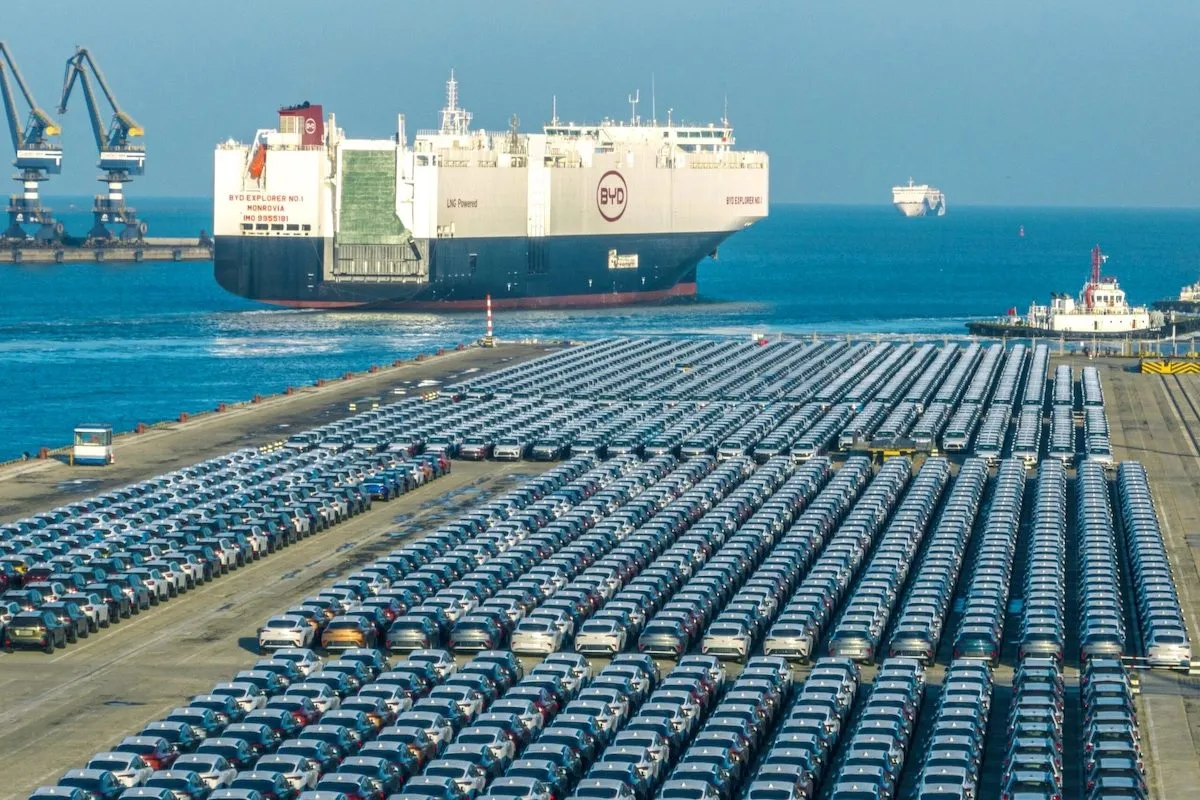About Us
Contact Us
Advertise With Us
Disclaimer
Privacy Policy
Terms & Conditions
Copyright © 2024 - BoldDiscussions.com

China's car industry has come a long way, from making simple copies to building cars that rival the best in the world. They're churning out electric vehicles in massive numbers, but there's a hitch: many of them are piling up at European ports, waiting months to find buyers.
So, what's the deal? These Chinese EVs are getting good reviews, even exceeding some European brands in features and quality. So why the struggle?
Breaking into a Crowded Market: Challenges for Chinese Cars
Think back to Japan's car boom in the 60s and 70s. Their cars were good, but lacked the finesse and reliability of European models. People saw them as cheap, basic, and prone to rust. It took years of focus on quality and style for Japan to become an automotive powerhouse.
China faces similar challenges. Some Westerners still view them with suspicion, remembering their past of copying European designs. But just like Japan, Chinese cars are rapidly improving. They've even bought established brands like Volvo and MG, gaining valuable engineering expertise.
However, buying brands doesn't automatically win customer loyalty. Think of how long it takes to build trust in a brand like BMW or Porsche. Chinese carmakers need to earn that trust over time, just like the Japanese did.
Price Advantage vs. Trade Barriers
China has a clear cost advantage. Economies of scale, efficient shipping, and cheaper labor make their cars more affordable to produce and buy. But here's the catch: high import tariffs in Europe and the US. The EU charges a 10% tariff on each imported car, and the US charges a whopping 27.5%. These tariffs might even increase, making Chinese cars even less competitive.
Rapid Updates: A Double-Edged Sword
The electric car industry is constantly evolving, with models receiving frequent updates. Tesla, for example, has continuously improved the Model S, making older versions seem outdated. Chinese carmakers are following this trend, releasing new models 30% faster than most other countries.
While this might seem impressive, it can also make buyers wary. Imagine buying a Chinese car knowing a newer, potentially better model might be out soon. This rapid update cycle could make people hesitate compared to buying a car with a more traditional update schedule.
Finding Success: The Road Ahead
Many of these challenges can be overcome, especially when targeting businesses instead of individual buyers. Businesses often prioritize cost, making them a good target market for Chinese carmakers. In Europe, for example, fleet sales (cars bought by companies) are much bigger than individual purchases. Selling to fleets and rental companies gets more cars on the road and provides valuable reliability data.
Succeeding in a new market like Europe will be a slow process. China is clearly determined to push its cars globally, but it remains to be seen if they can overcome the current hurdles and attract European buyers.
Disclaimer.
This article provides information only and should not be construed as advice. It is provided without warranty of any kind. Also please note that content on this platform may be subject to copyrighted material. If you believe we have used your content in any way then please get in touch with us. We will take down your content immediately.
Share This Post




BOLDDISCUSSIONS
We Produce Content That informs, Educates And Entertains People Around The World to stay updated on every topic with confidence.
Copyright © 2024 – BoldDiscussions.com

